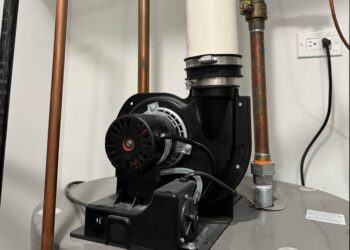Platelet-rich plasma (PRP) therapy is gaining attention for its potential in hair restoration. It involves using your body’s own blood components to target hair loss. This process aims to stimulate hair growth in specific areas of the scalp, appealing to those seeking alternatives to invasive or chemical-based solutions. Understanding how PRP works and what it involves can help you make informed decisions about this option.
Understanding PRP for Hair Restoration
PRP therapy uses a key component found in your blood. Platelets are widely recognized for their role in healing tissues in the body. When applied to hair restoration, this aims to address hair thinning or early-stage hair loss by utilizing this natural resource’s regenerative qualities.
The treatment is often performed in a clinical or medspa setting. It is usually recommended for individuals who notice early hair shedding or thinning rather than for those with complete baldness. PRP therapy is an option for those exploring minimally invasive techniques to enhance hair growth.
Extracting and Preparing Platelet-Rich Plasma
This process is as follows:
- Draw a small amount of the patient’s blood, similar to a routine blood test.
- Place the collected blood into a medical device called a centrifuge.
- The centrifuge separates the blood into three components: red blood cells, plasma, and platelet-rich plasma.
- Extract the platelet-rich plasma and prepare it for use in the procedure.
- Isolate the platelets for targeted application as a key part of the therapy.
Identifying Ideal Candidates
Ideal candidates for PRP therapy are often those in the early stages of hair thinning rather than advanced hair loss. Many providers assess factors such as medical history, underlying conditions, and the degree of hair loss before recommending PRP treatments. Certain medical conditions or medications may make this procedure unsuitable for some people. A detailed consultation can help determine whether a person is a good match for PRP therapy.
Stimulating Hair Growth
During the PRP procedure, small injections deliver the concentrated platelet-rich plasma directly into targeted areas of the scalp. The goal is to stimulate the activity of hair follicles. These components play an active role in promoting the growth phase of the hair cycle.
Consistency is key when following a PRP treatment plan. Many providers suggest a series of sessions to maintain momentum and increase effectiveness. Patients are typically advised to follow their practitioners’ timelines to see noticeable changes.
Managing Expectations
PRP therapy outcomes vary depending on the person. Some may see fuller, denser hair in targeted areas, while others may notice improvements in hair texture. Results can take several months to appear as hair growth occurs gradually. It’s noteworthy that PRP primarily serves as a supportive treatment for certain types of hair thinning or early hair loss. It is not a complete solution for all types of baldness.
Consult a Specialist
PRP therapy is a treatment best performed and overseen by skilled professionals. Consultation with a medspa or hair restoration specialist can provide a clear understanding of whether PRP aligns with your needs. Contact a trusted specialist today if you’re ready to explore how PRP could support your hair restoration goals.





